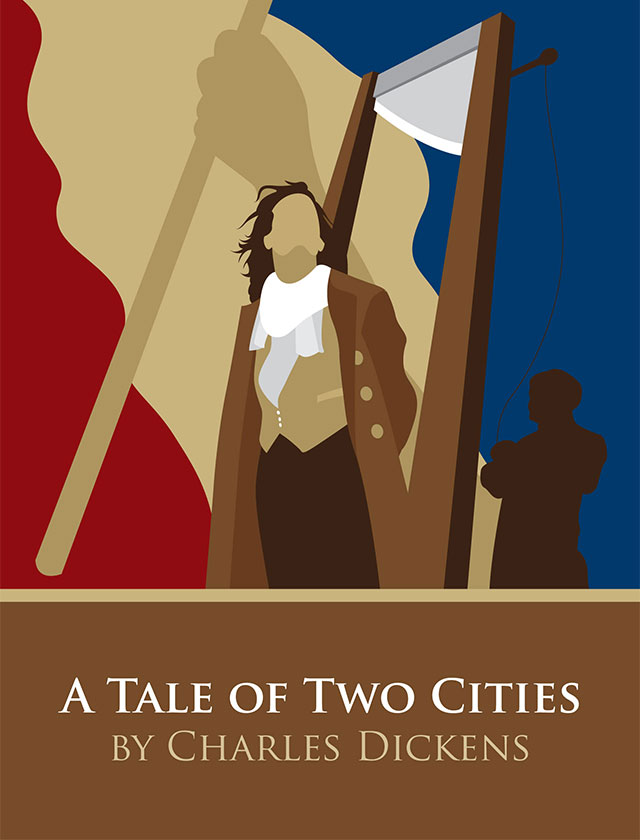A Tale of Two Cities
by Charles Dickens
Book 2, Chapter 22
While the storming of the Bastille marked the beginning of the French Revolution, it would be wrong to consider it a decisive battle, and the Revolutionaries realize that they are in for a long struggle to conquer the aristocracy. A week after the attack on the Bastille, the Revolutionaries learn that Foulon, who was believed to be dead, is actually alive. Foulon earned their enmity when he responded to complaints that people were starving with the comment that they could eat grass. Clearly, this is a reference to historical ignorance about the plight of the poor. Foulon was an actual person who did fake his death and was captured, just like the Foulon in the story. However, Foulon represents more than a single individual; he is a symbol for the attitude of the aristocracy. Reportedly, Marie Antoinette, the French queen at the time of the Revolution, made a similar statement. When told that the peasants were starving because they had no bread, she reportedly responded, “Let them eat cake.” Whether this was because she was being intentionally cruel or because she was terribly ignorant of the reality of poverty is an issue that continues to be debated in modern times. Likewise, whether Foulon wanted the poor to starve to death or actually believed that they could sustain themselves by eating grass may be debatable, but either way, he demonstrated terrible ignorance about the plight of the lower class in France. While Foulon is alive, he has been captured and is being held at the Hotel de Ville. Madame Defarge leads a mob to the Hotel de Ville to seize Foulon. They stuff Foulon’s mouth with grass and then hang him to death. After his death, they behead him. Like the other heads, Foulon’s head is placed on a pike as a warning. However, the mob violence escalates, reaffirming Dickens’s opinion that mob mentality is dangerous. The mob attacks Foulon’s son-in-law and kills him, putting his head and heart on a pike.
Perhaps the most important part of the...
Sign up to continue reading Book 2, Chapter 22 >